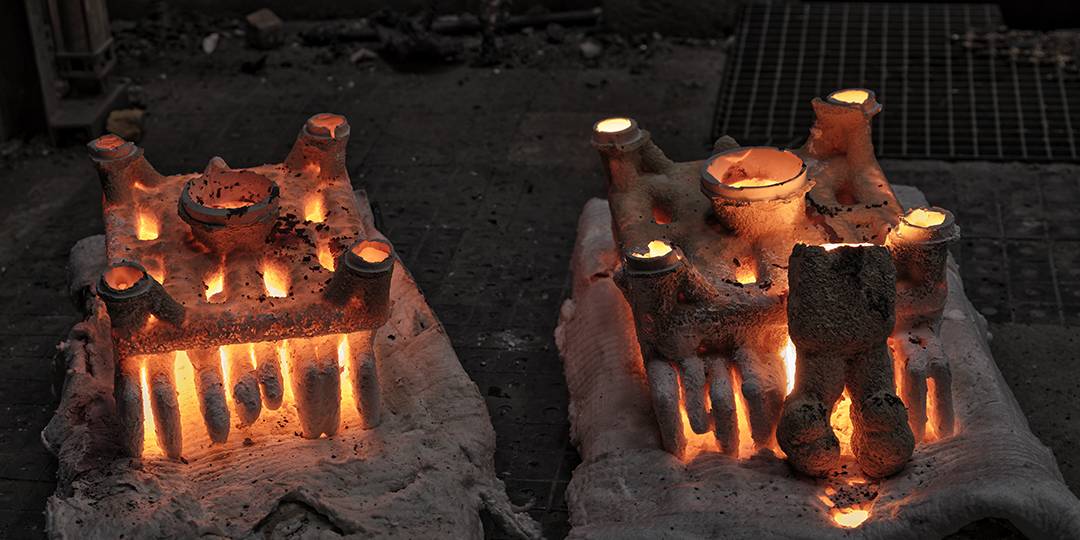
Artistic Casting: Precision Craftsmanship Behind Timeless Sculpture
In the world of sculpture, material mastery is as essential as creative vision. Artistic casting is the process that bridges the two—allowing ideas to take form in bronze, aluminum, or stainless steel through traditional and modern methods. From classical monuments to abstract contemporary pieces, artistic casting is the foundation of metal sculpture.
At Alfa Arte, our expertise in casting processes ensures that every project, no matter its scale or complexity, meets the highest standards of quality and artistic fidelity.
What Is Artistic Casting?
Artistic casting refers to the process of shaping metal into sculptural forms using molds. The most common methods are:
-
Lost wax casting (cire perdue): ideal for intricate detail and fine surface texture.
-
Sand casting: preferred for large-scale or architectural elements.
Both processes require advanced technical knowledge, specialized tools, and expert handling to maintain the integrity of the artwork from concept to final metal form.
Key Steps in the Artistic Casting Process
1. Modeling and Mold Creation
The artist’s design—whether a maquette, 3D scan, or full-scale prototype—is used to create molds in silicone, plaster, or resin. This stage is critical for capturing the form and texture of the original.
Learn more about mold making and traditional techniques
2. Wax Reproduction and Spruing
A wax version of the sculpture is produced, cleaned, and assembled with channels (sprues) that guide molten metal during the casting phase. These wax forms are exact replicas of the final piece.
3. Shell Building or Sand Mold Preparation
In lost wax casting, ceramic shells are built around the wax. In sand casting, the mold is formed by compacting sand around the model. Both techniques require precise handling to prevent deformation.
4. Metal Casting
The molds are heated to eliminate wax, then filled with molten bronze, aluminum, or stainless steel. Once cooled, the mold is broken to reveal the raw metal sculpture.
Explore our artistic foundry services
5. Chasing, Assembly and Finishing
Once cast, the sculpture is cleaned, welded if needed, and surface-treated through grinding, patination, or polishing to achieve the artist’s intended finish.
Discover how we perfect surfaces through patina, painting and finishes
Why Artistic Casting Matters
Casting is not just a production process—it’s an act of translation. It captures the essence of the artist’s hand while ensuring permanence, durability, and scale. Without precision casting, many of the world’s most iconic public artworks simply wouldn’t exist.
Materials Used in Artistic Casting
-
Bronze – timeless, versatile, ideal for fine detail and patina
-
Aluminum – lightweight and resistant, suitable for modern designs
-
Stainless steel – reflective, contemporary, structurally strong
Each material demands specific casting techniques, temperature control, and finishing procedures.
Final Thoughts: Artistic Casting
Artistic casting is where form, fire, and craftsmanship converge. It’s a centuries-old discipline that continues to evolve through innovation and expertise.
At Alfa Arte, we bring this tradition into the present—combining artisanal knowledge with technical precision to deliver cast sculptures of exceptional quality. Whether through lost wax, sand casting, or custom fabrication, we help artists realize their vision in enduring materials and monumental form.